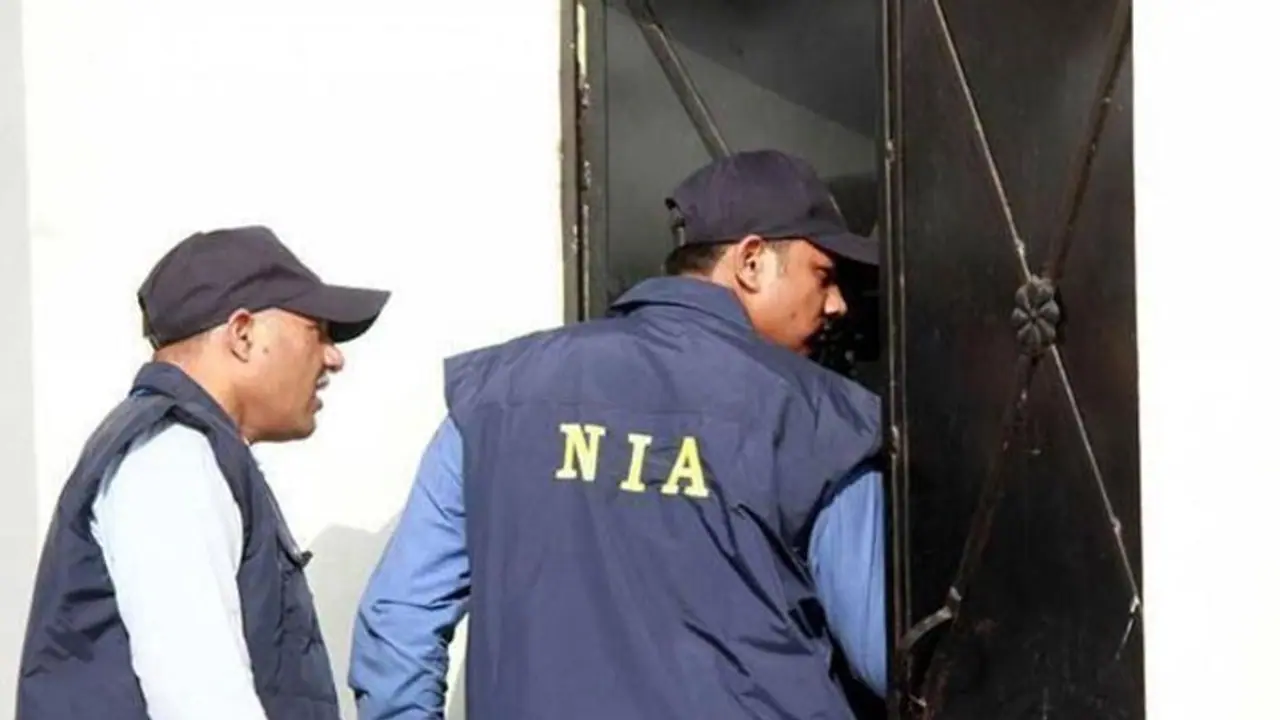MyNation spoke to bomb experts working in different organisations including the National Security Guards, who explained the probable use of these Diwali crackers
New Delhi: Before the National Investigation Agency (NIA) had a chance to produce the 10 arrested suspects in an alleged terror case in the court, there is a furore over sutli bombs seen in photos shared by the agency. People on social media are questioning the NIA and doubting its operation.
MyNation spoke to bomb experts working in different organisations including the National Security Guards, who explained the probable use of these Diwali crackers. However, experts also said that this is a very old style of bomb-making and the semi-liquid chemical is not as famous now.
According to experts, these sutli bombs can be used with ammonium nitrate, as this chemical compound requires fire to burst. Normally, terror outfits don’t use bombs made with ammonium nitrate as it has less impact and is required in large quantities. However, it can be easily triggered and is easy to make in comparison to any plastic explosives, which requires more physics.
“Certainly there is a use of these bombs but only with ammonium nitrate. Such bombs require fire, for which terror outfits use detonators for explosions; but here it seems that this module wanted to use these bombs to ignite a fire to trigger them. However, they are hardly used by terror outfits nowadays as RDX is more powerful,” a bomb expert of the NSG told MyNation, expecting anonymity.
According to the investigating agency, they have recovered 25 kilograms of explosive material which also includes ammonium nitrate.
“Bombs which are made from ammonium nitrate are very easy to make but they are less effective. Also, one requires a large quantity of ammonium nitrate to intensify the impact, like the 1996 USA attack,” an expert, working in the bomb squad, said. These bombs can be very dangerous if pins, nails, etc., can be mixed with this semi-liquid chemical, he claimed.
On the other side, any plastic explosive requires alarm clocks to trigger the bomb. “In case of any plastic explosive, one doesn’t require any fire to trigger the bomb. A detonator or alarm clock can be used to trigger it. Such bombs create great pressure and are more fatal than any other bombs. Terror outfits use these types of detonator mechanicals and electrics and the seized items also include 112 alarms clocks,” the expert said.
MyNation also tried to contact the NIA for its official version, but the agency is mute on the usage of these sutli bombs.
The NIA had raided 17 places and arrested 10 people from places in Delhi and Uttar Pradesh on Wednesday. The NIA claimed that the group was ‘ISIS-inspired’, but so far, no direct link has been established that accused were in touch with the ISIS. Also, the agency claimed that the module was self-funded.
“On receipt of credible information that a group of pro-ISIS individuals have formed a terrorist gang and are preparing to carry out terrorist attacks targeting vital installations, sensitive locations and crowded places in and around Delhi/NCR, the NIA on 20.12.2018, registered a case under sections 120B, 121, 121A, 122 of IPC, Sections 4 & 5 of the Explosive Substances Act and sections 17,18,18 B, 20,38 and 39 of the UA(P)," the NIA said.
Items seized
- 25 kg of explosive material, such as potassium nitrate, ammonium nitrate, sulphur, and sugar material paste
- 12 pistols, 150 rounds of live ammunition, one country- made rocket launcher
- 112 alarm clocks, 100 mobile phones, batteries
- 51 pipes, remote control car-triggering switch, wireless digital doorbells for remote switch, steel containers, electric wires
- 91 mobile phones, 134 SIM cards
- 3 laptops, knife, sword, and ISIS-related literature. Cash worth Rs 7.5 lacs (approximately) was also recovered
